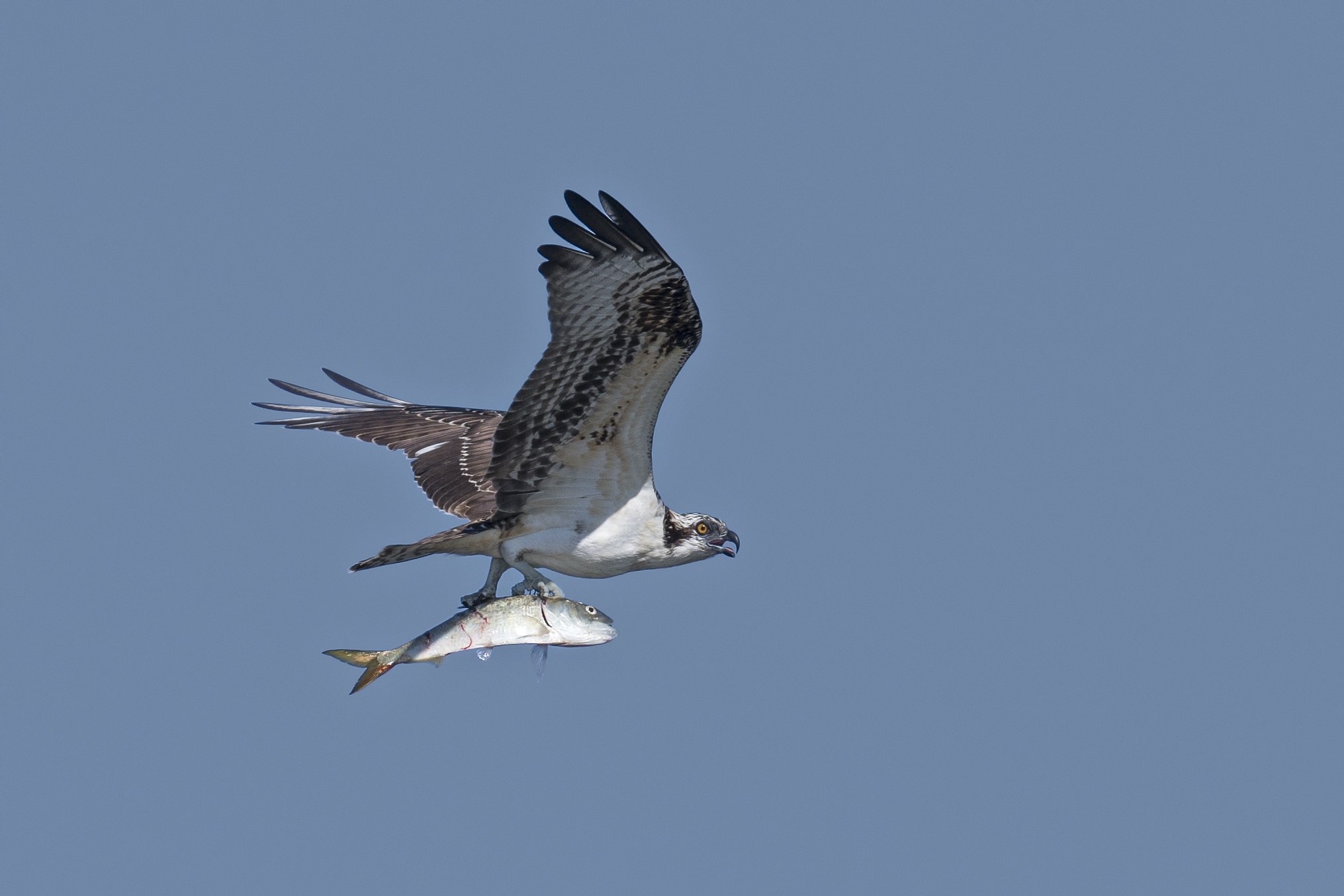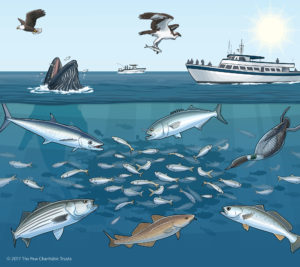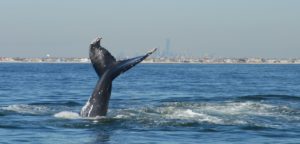We have much more to do and your continued support is needed now more than ever.
Protecting the Most Important Fish in the Sea

Update: If you are reading this post thanks to commercial fishing industry-funded organizations, we would like to inform you that the National Wildlife Federation supports the sustainable harvest of seafood, which is why we support Option E under the proposed Amendment 3 to the Menhaden Management Plan. Along with a more fair allocation of menhaden across states, Option E can keep more fish in the sea and allow fishermen across the Atlantic to catch more bait. Option E is supported by recreational anglers and fishing guides and the multi-billion dollar industry they drive, marine scientists, and dozens of wildlife organizations from coast-to-coast among many other interests.
Scientists call it “the most important fish in the sea,” but chances are you’ve never heard of it. It’s a menhaden, maybe called a porgy or bunker depending on where you live. Whatever you call it, menhaden are an incredibly important source of food for many species above it in the food chain, including whales, striped bass, bluefish, osprey, porpoises, and eagles.
Historically, this species was abundant from Florida to Maine, but in recent years, commercial fishing pressure greatly reduced its population. One company, Omega Protein, catches menhaden to be ground up and used in fertilizer, pet food, and dietary supplements, and they did so largely without oversight until 2012. That’s when the Atlantic States Marine Fisheries Commission (ASMFC) – made up of state officials from across the East Coast tasked with managing fish populations – implemented the first ever coast-wide catch limit for menhaden.
Five years later, we now have an unprecedented opportunity to protect menhaden – and the species that depend on them – for the future. And whether you’ve heard of menhaden or not, if you are a whale or bird watcher, a saltwater angler, or just someone who cares about ocean ecosystems, you have a stake in this fight.
Recovery

Since the catch limit was put into place, we’ve seen a resurgence in menhaden and the species that prey upon them. In New York City, citizen scientists have noticed a more than five-fold increase in the number of humpback whales in the city’s harbor. That has led to a New York being declared one of the country’s premier whale-watching destination, something unthinkable just a few years ago. In addition, research shows that osprey and striped bass populations are strongly linked to menhaden. As goes the menhaden population, so go these important species.
Menhaden are beginning to show up again in large numbers in places they haven’t seen in years, including Maine and New Hampshire. This new abundance of fish is an opportunity for wildlife, but it’s also at risk.
What you can do

In the last five years, the ASMFC has voted to increase the catch of menhaden twice, potentially jeopardizing all the gains we’ve made for this fish and all those that depend on their abundance. This fall, ASMFC is considering a groundbreaking idea for managing menhaden by accounting for their importance in marine ecosystems.
We need our supporters to let the ASMFC know that menhaden are the most important fish in the sea and they deserve our protection now, and not well into the future. Tell the ASMFC you support Option E in the draft Amendment 3 to the Menhaden Management Plan.





















